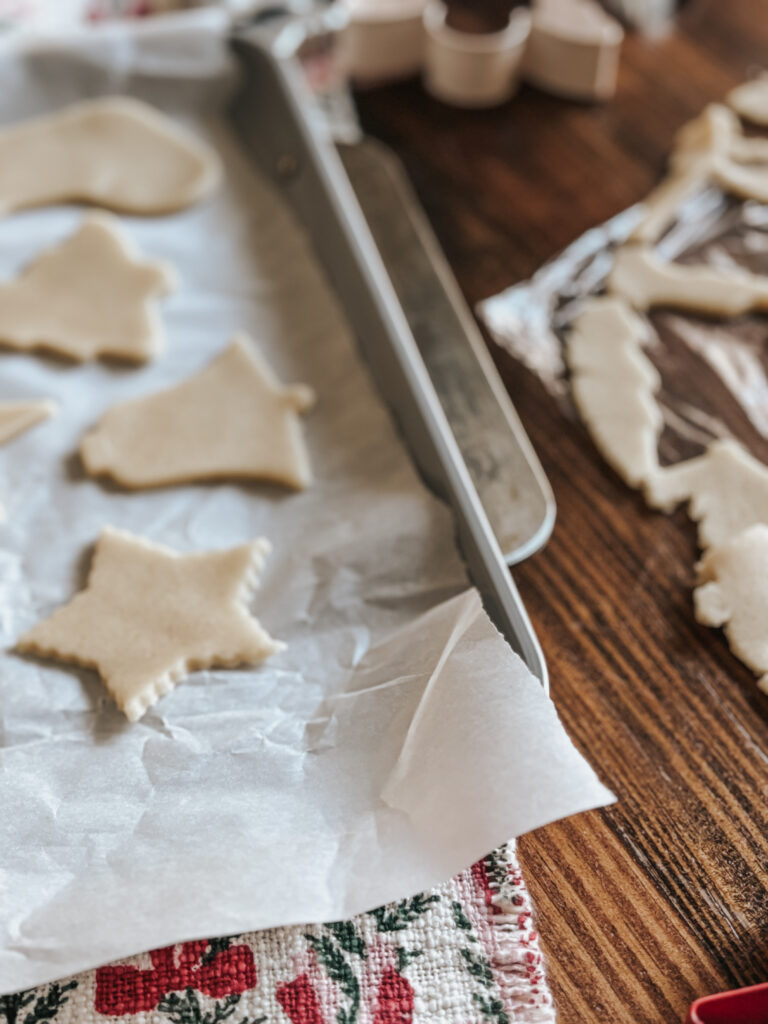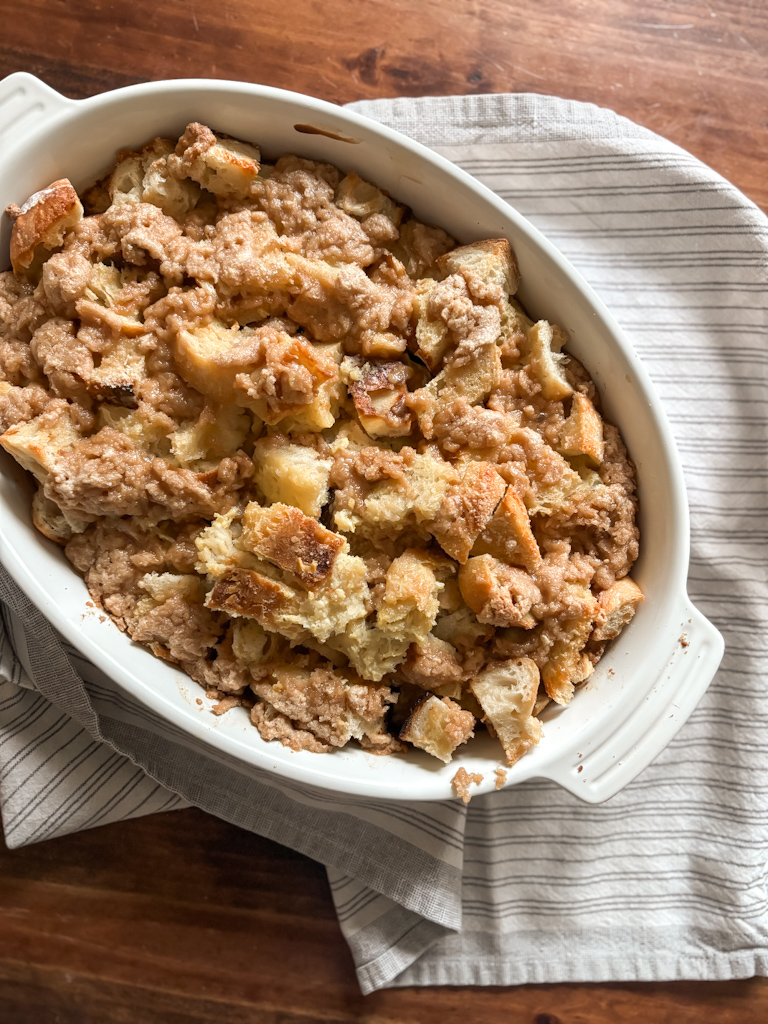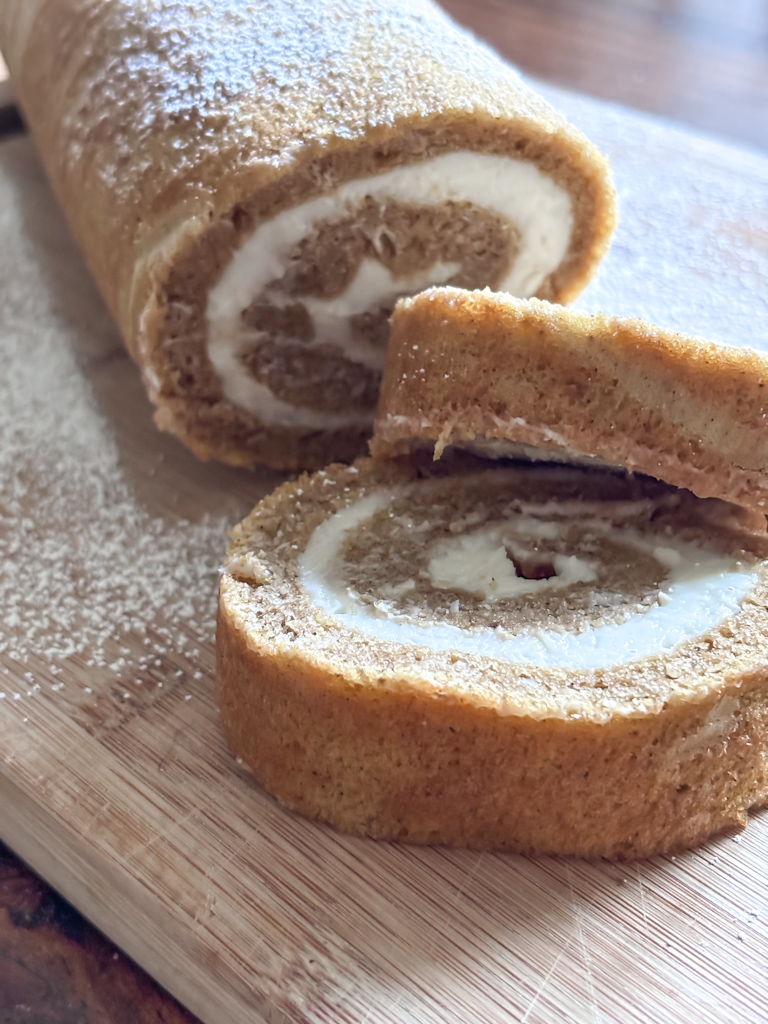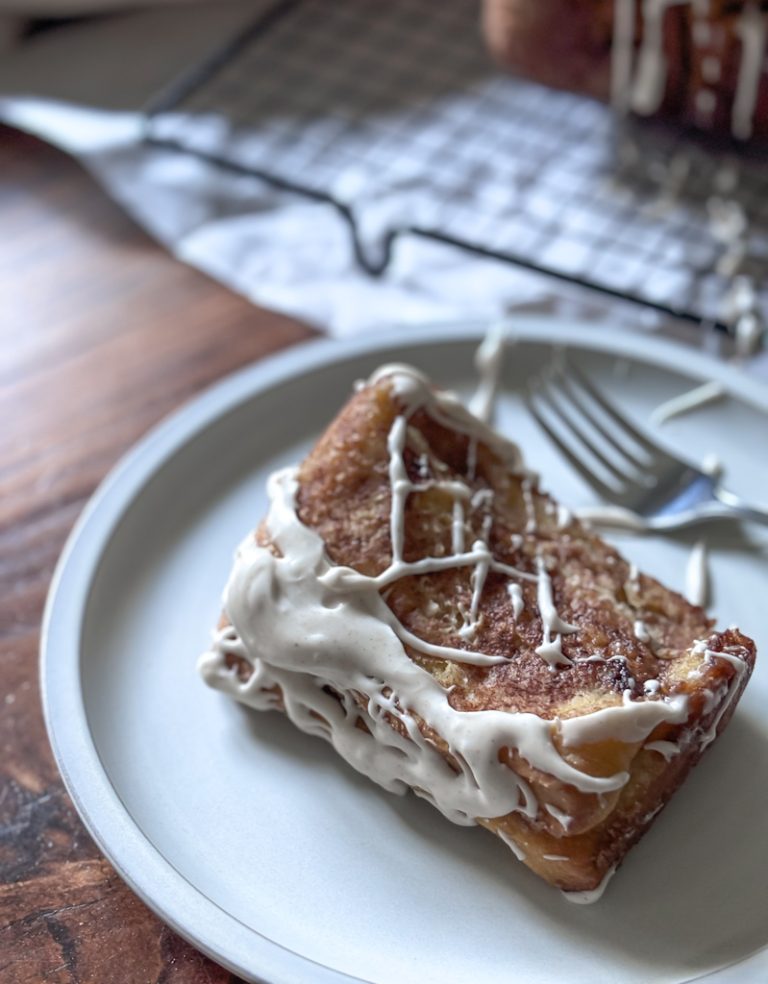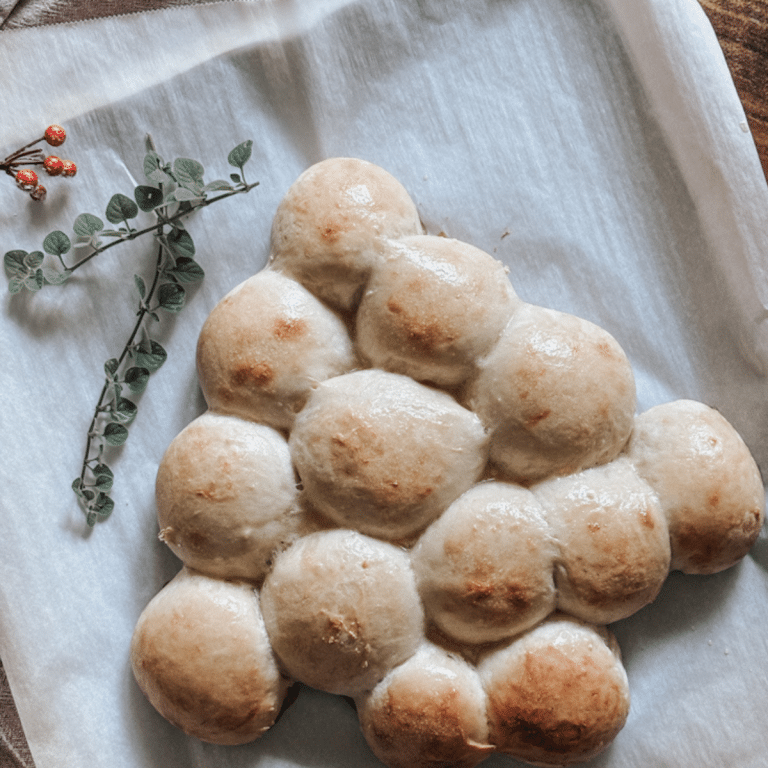How To Stretch and Fold Sourdough Bread-Technique
Are you wanting to improve your sourdough loaves? Learn how to stretch and fold sourdough with my step-by-step guide and video.
Sourdough bread has gained a dedicated following in the past few years among both novice and experienced bakers. While there are several key steps in the bread-making process, one technique that plays an important role in achieving the texture and flavor we all want is the stretch and fold method. Whether you are new to sourdough or a seasoned baker, understanding this technique is a fundamental step in your sourdough journey.
In this guide, I’ll show you the art of stretching and folding sourdough. I’ll break down the process into simple steps that will up your sourdough game and help you get the loaves you’re dreaming of.

What Is The Stretch and Fold Method
The stretch and fold method is a technique that is used in place of kneading the dough. It’s a more gentle way of strengthening and building structure in your sourdough. Ensuring sufficient dough strength is important for several reasons but the main one being that it gently incorporates air into your dough and gives it a lofty high rise and strong structure. This technique takes place during the bulk fermentation stage which is after mixing but before shaping loaves.
Why It’s Important to Stretch & Fold
There are several important reasons for using the stretch and fold technique when preparing your loaves for baking.
1. Gluten Development: Gently stretching and folding your dough helps in gluten development, which is crucial for the structure and strength of the bread. This technique aligns and strengthens gluten strands, making a big impact on the texture and rise of the loaf essentially creating a stronger dough.
2. Improved Dough Structure: By stretching and folding during bulk fermentation, you are able to trap gas and cause bubbles to form. This causes a more open crumb which is just sourdough talk for bread with large beautiful pockets of air. Without those bubbles, your bread will be flat and gummy.
3. Control Over Fermentation: Because you’re handling the dough periodically throughout the process, you are able to gauge its readiness and make adjustments if necessary. The right amount of stretch and folds can vary based on your dough. By handling the dough during the stretch and fold period, you can achieve the desired level of fermentation without overproofing or causing all of your air bubbles to pop.
How To Stretch & Fold Sourdough
This technique can be done on your countertop or directly in the bowl. I prefer to stretch and fold inside the bowl because it means less clean up.
Step 1: Wet your fingertips and gently take hold of a portion of the dough and stretch it upward.

Step 2: Fold the dough over toward the center of your bowl. You will notice that as you turn the bowl and stretch, the dough will begin to tighten. This is normal.

Step 3: Turn your bowl one-quarter of a turn and repeat stretching upwards and folding toward the center. Do this with wet hands so that the dough doesn’t stick.

Step 4: Continue until you’ve come full circle with your bowl. This should be 4 turns of the bowl and is considered 1 set of stretch and folds.

If you’d like a watch a video demonstration, check out my YouTube channel below and click subscribe. I share a lot of sourdough videos there as well as instagram.
How Many Times Should I Stretch & Fold
Stretch and folds are completed in sets. The number of sets of stretch and folds will depend on the dough. Typically you’ll want to do 3-4 sets. You should notice visual cues as your dough gets jiggly and more plump as you do each set. The windowpane test is a good way to see if your dough has developed enough strength and structure.
The wait time in between each set varies but for most loaves, you will want to wait 30 minutes between each set.
Would you like to save this?
What is The Windowpane Test
The windowpane test is a good way to see if your dough has developed enough strength. If your dough passes the windowpane test, you can stop the stretch and fold process because your dough has developed enough gluten.
To perform the windowpane test simply stretch your dough upwards and see if your dough becomes thin and translucent without breaking.
If the dough tears, it’s not quite ready and needs another round of stretch and folds.
The Role of Stretch & Fold in Sourdough Flavor & Texture
The stretch and fold technique plays a significant role in shaping the flavor and texture of sourdough bread. This technique helps control the fermentation process by distributing yeast and microbes within the dough. During the fermentation process, your dough can become more or less sour. By controlling the fermentation process you can customize the flavor to your preference.
Stretch and fold is essential for gluten development. The technique helps create a strong gluten network that results in an open crumb structure with an airy crumb that most bakers desire. It also helps to incorporate air and distribute the gas bubbles throughout giving your final product that sought-after texture.

Stretch & Fold vs Traditional Kneading
Both methods have the same goal in mind. The goal is to strengthen and develop the gluten within the sourdough dough.
Kneading is the traditional method used to work the dough. Kneading involves working the dough through repeated folding, pressing, and turning motions either on a floured surface or in a bowl. It’s a more intensive physical process in my opinion but is an effective method that’s used most often with commercial yeast for home bakers.
The stretch and fold method is a more gentle technique that requires less physical effort but is more time-consuming. It’s the preferred method for most sourdough bread makers as it helps maintain the unique characteristics of wild yeast fermentation.
The choice between stretch and fold and kneading depends on the specific bread recipe and the desired texture of the final loaf. Both techniques have their place, and the choice between them is a matter of preference and recipe.
Final Words
I would encourage you to try different methods and recipes as you delve into the world of sourdough and become a more skilled baker. The fold and stretch method is a fantastic way to get great bread with less effort than traditional kneading. Follow the general guideline above as you’re building dough strength using the stretch and fold method. Your result will be delicious loaves of bread!
Sourdough Recipes To Try
Establishing a Sourdough Starter
Tartine Bread Country Loaf Recipe
King Arthur Sourdough Bread Recipe
Join our community for weekly recipes, inspiration, and encouragement sent directly to your inbox!

